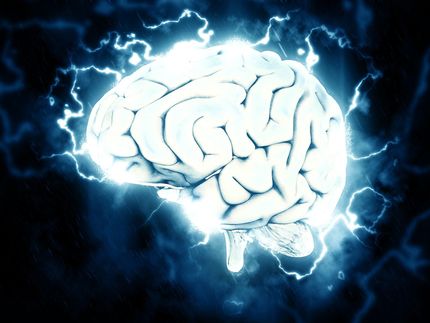New light shed on early stage Alzheimer's disease
Advertisement
The disrupted metabolism of sugar, fat and calcium is part of the process that causes the death of neurons in Alzheimer's disease. Researchers from Karolinska Institutet have now shown, for the first time, how important parts of the nerve cell that are involved in the cell's energy metabolism operate in the early stages of the disease. These somewhat surprising results shed new light on how neuronal metabolism relates to the development of the disease.

Maria Ankarcrona
private
In the Alzheimer's disease brain, plaques consisting of so called amyloid-beta-peptide (Abeta) are accumulated. It is also a well-known fact that the nerve cells of patients with Alzheimer's disease have problems metabolising for example glucose and calcium, and that these disorders are associated with cell death. The metabolism of these substances is the job of the cell mitochondria, which serve as the cell's power plant and supply the cell with energy.
However, for the mitochondria to do this, they need good contact with another part of the cell called the endoplasmic reticulum (ER). The specialised region of ER that is in contact with mitochondria is called the MAM region. Earlier studies on yeast and other types of cells have shown that the deactivation of certain proteins in the MAM region disrupt the contact points between the mitochondria and the ER, preventing the delivery of energy to the cell and causing cell death.
Now for the first time, researchers at Karolinska Institutet have studied the MAM region in nerve cells, and examined the interaction between the mitochondria and the ER in early stage Alzheimer's disease. Although at this point in the development of the disease Abeta has not formed large, lumpy plaques, symptoms still appear, implying that Abeta that has not yet formed plaque is toxic to neurons.
The results, which are published online in the journal PNAS, are slightly surprising. When nerve cells are exposed to low doses of Abeta, it leads to an increase in the number of contact points between the mitochondria and the ER, causing more calcium to be transferred from the ER to the mitochondria. The resulting over-accumulation of calcium is toxic to the mitochondria and affects their ability to supply energy to the nerve cell.
"It's urgent that we find out what causes neuronal death if we're to develop molecules that check the disease," says Maria Ankarcrona, docent and researcher at the Department of Neurobiology, Care Sciences and Society, and the Alzheimer's Disease Research Centre of Karolinska Institutet. "In the long run we might be able to produce a drug that can arrest the progress of the disease at a stage when the patient is still able to manage their daily lives. If we can extend that period by a number of years, we'd have made great gains. Today there are no drugs that affect the actual disease process."
The researchers conducted their studies on mice bred to develop symptoms of Alzheimer's disease. They also studied nerve cells from deceased Alzheimer's patients and neurons cultivated in the laboratory.
Original publication
Louise Hedskog, Catarina Moreira Pinho, et al., Modulation of the ER-mitochondria interface in Alzheimer's disease and related models Proceedings of the National Academy of Sciences (PNAS), online 22-26 April 2013
















































